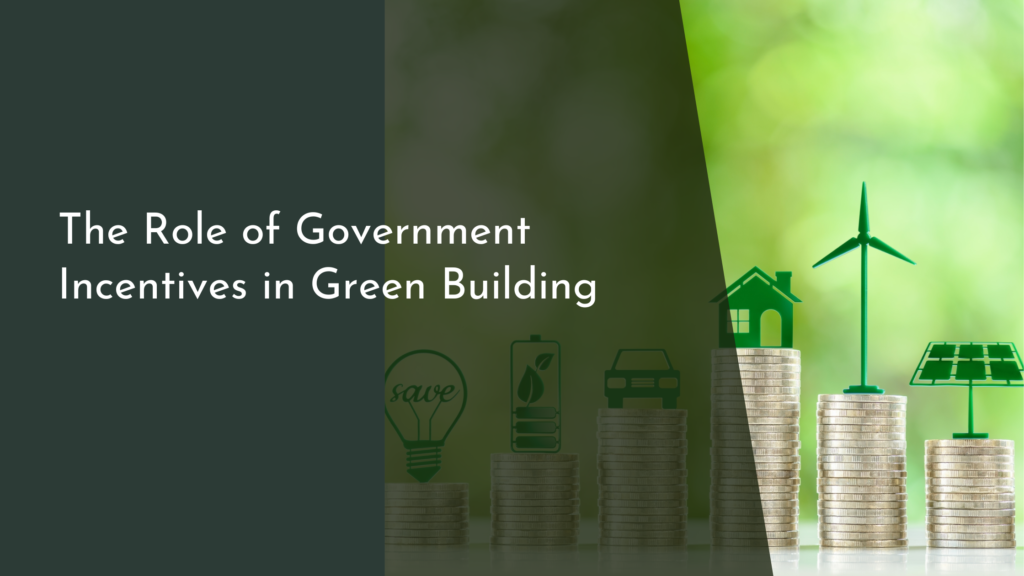The Role of Green Roofs in Sustainable Urban Development
As cities continue to grow and urbanize, the quest for sustainable development has become more crucial than ever. One innovative solution that has gained traction in recent years is the implementation of green roofs. These living rooftops, blanketed with vegetation, not only enhance the aesthetic appeal of urban environments but also contribute significantly to ecological health, energy efficiency, and the overall well-being of city dwellers. This article will delve into the myriad benefits of green roofs, their role in promoting biodiversity, their integration into sustainable urban planning, and the future expansion of these green initiatives.
Discovering the Benefits of Green Roofs in Cities
Green roofs offer a plethora of environmental and economic benefits that can transform the urban landscape. One of the most significant advantages is their ability to mitigate the urban heat island effect, which results in higher temperatures in densely built areas. By providing insulation, green roofs help to reduce energy consumption for heating and cooling, leading to lower utility bills for homeowners and businesses alike. Additionally, they absorb rainwater, which can help alleviate the burden on urban drainage systems during storm events, reducing the risk of flooding and water pollution.
Beyond environmental benefits, green roofs can enhance the quality of life in urban areas. They provide serene green spaces for residents, encouraging outdoor activities and promoting mental well-being. Furthermore, these roofs can create spaces for community gardening, education, and local food production, fostering social interactions among neighbors and fostering a sense of community. As cities continue to develop, the integration of green roofs represents a pragmatic approach to creating sustainable, livable urban environments.
How Green Roofs Enhance Urban Biodiversity and Habitats
Green roofs serve as vital habitats for various species, offering a refuge for birds, insects, and even small mammals in the concrete jungle. By incorporating native plants, green roofs can support local wildlife and contribute to the preservation of biodiversity in urban settings. Pollinators, such as bees and butterflies, benefit significantly from the diverse flora found on green roofs, which in turn aids in the pollination of surrounding gardens and parks. This interconnectedness is crucial for maintaining healthy ecosystems, promoting a more balanced urban environment.
Moreover, green roofs can act as stepping stones, connecting fragmented habitats within the city. This connectivity enables wildlife to navigate urban landscapes more effectively, fostering greater resilience among species. By creating a network of green spaces, cities can enhance ecological corridors that facilitate the movement of wildlife, accommodating the needs of both animals and people. The introduction of green roofs not only beautifies urban areas but also contributes to a more biodiverse and harmonious coexistence between nature and urbanization.
Sustainable Design: Integrating Green Roofs in Planning
Integrating green roofs into urban planning requires a collaborative effort between architects, developers, and city planners. By incorporating green roofs into the design phase of new buildings, cities can maximize their potential benefits. Innovative building codes and incentives can encourage the adoption of green roofs, making them a standard feature in new construction projects. Additionally, retrofitting existing buildings with green roofs can breathe new life into aging infrastructures while promoting environmental responsibility.
Sustainable design also involves considering the long-term maintenance of green roofs. Proper management practices, including selecting appropriate plant species and irrigation systems, are essential to ensure the longevity and success of these green spaces. By educating building owners and maintenance teams about the importance of sustaining green roofs, cities can foster a culture of environmental stewardship that benefits both residents and the urban ecosystem. This holistic approach to planning can pave the way for a greener and more sustainable urban future.
The Future is Green: Expanding Green Roof Initiatives!
As the demand for sustainable urban solutions grows, cities around the world are increasingly recognizing the importance of expanding green roof initiatives. Policymakers are exploring innovative funding models and partnerships to promote the installation of green roofs in both public and private sectors. This collaborative spirit not only encourages investment but also raises awareness among communities about the environmental benefits of green infrastructure.
Furthermore, advancements in technology and materials are making green roofs more accessible and cost-effective. Modular green roof systems, which can be easily installed and maintained, are becoming increasingly popular, allowing for wider adoption across various building types. As cities continue to embrace the green movement, the future undoubtedly holds exciting possibilities for expanding green roofs and cultivating a more sustainable urban ecosystem that benefits all.
In conclusion, green roofs play an essential role in sustainable urban development, offering a multitude of benefits that extend beyond aesthetics. They enhance biodiversity, contribute to energy efficiency, and create spaces that promote community interaction. As cities continue to grow, it is imperative to embrace innovative solutions like green roofs to ensure a healthier, greener, and more resilient urban future. With collaborative efforts and a commitment to expanding green initiatives, we can look forward to cities that thrive harmoniously with nature!

